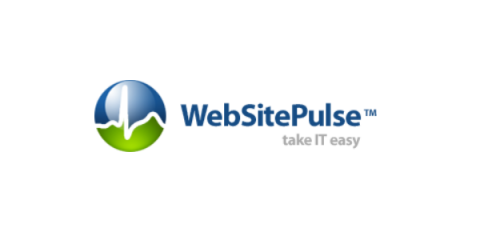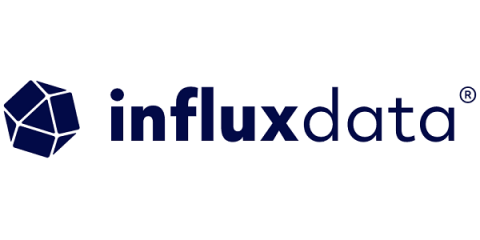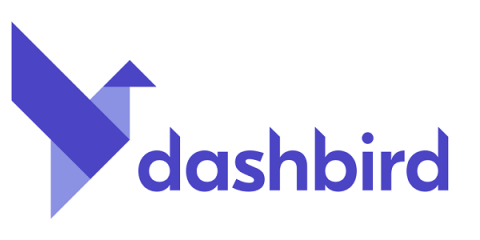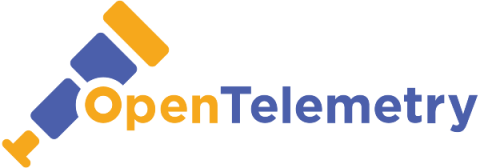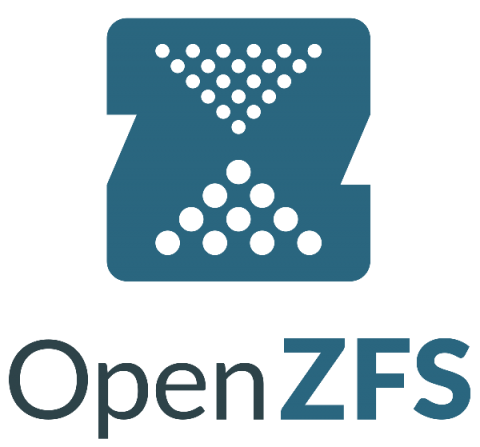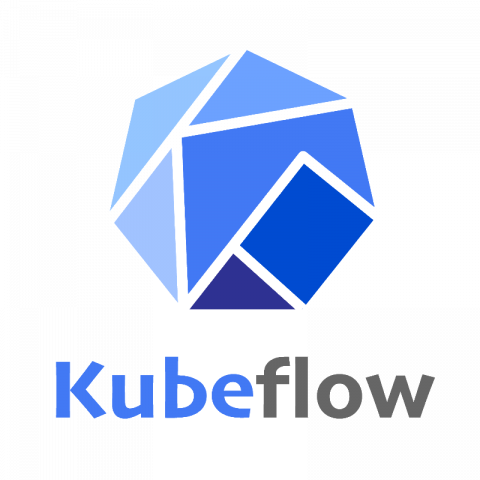How to manage data in hybrid cloud environments
This article was originally published on DevOps.com. We’ve long-since established that multi-generational, multi-cloud environments are the new norm. But how does one go about managing data in those environments? In this post, we’ll take a look at the ramifications of this hybrid cloud reality and best practices for managing your data for increased scalability and heightened availability.



